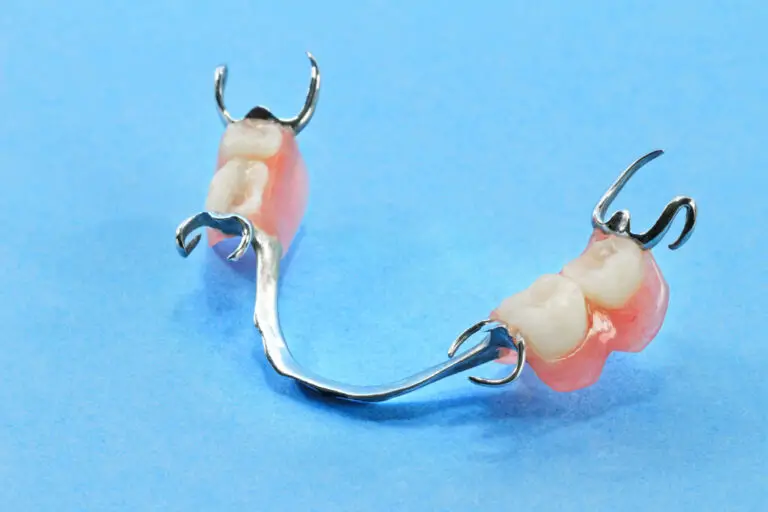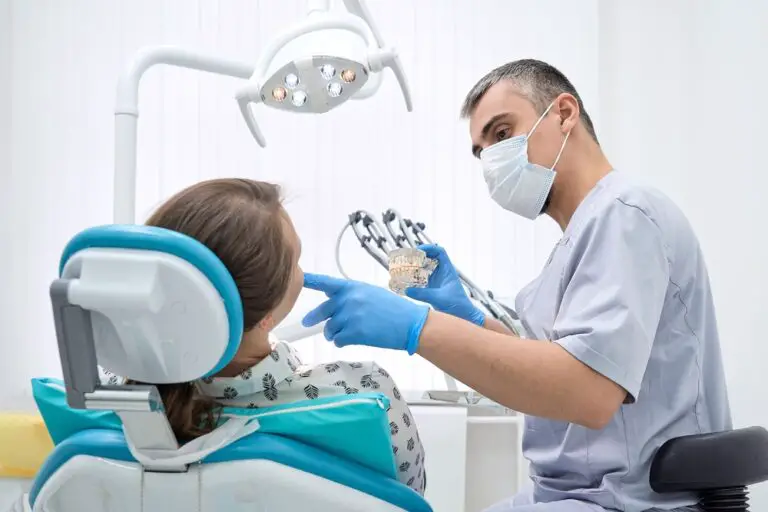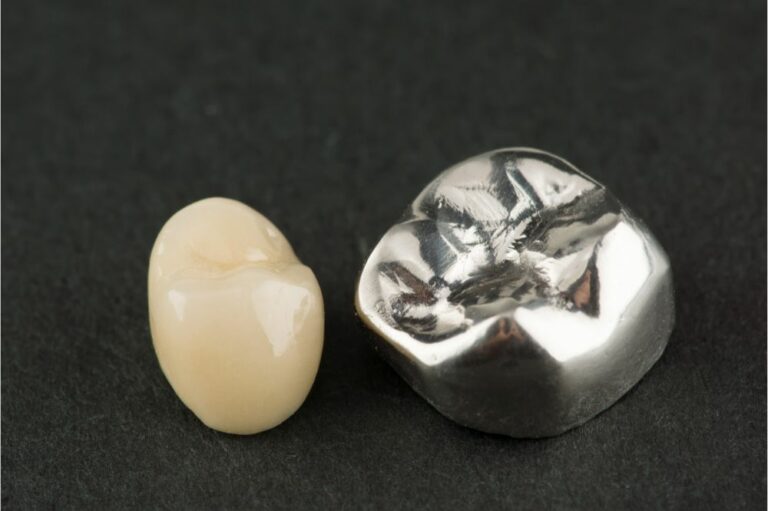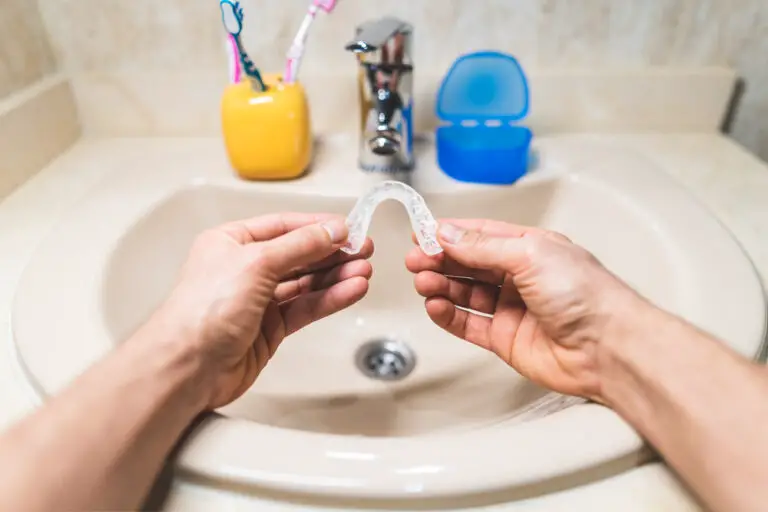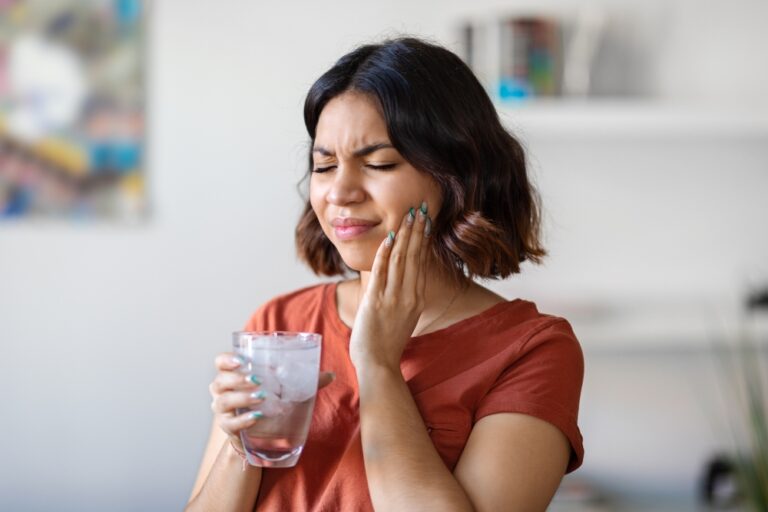Teeth shifting or moving on their own is a phenomenon that many people experience at some point in their lives. Several factors can cause teeth to shift naturally over time, such as aging, improper bite alignment, grinding or clenching, and tongue thrusting. While minor tooth movement is normal, significant shifting can lead to a variety of problems like bite issues, chipped teeth, bone loss, and other dental complications. Understanding the causes, signs, prevention methods, and treatment options for shifted teeth is essential for maintaining proper oral health and function.
What causes teeth shifting?
There are a number of potential culprits that can cause teeth to shift, move position, or loosen over time:
1. Aging
One of the most common reasons teeth can shift with age is due to changes in the jawbone and ligaments that support the teeth. As we age, bone density in the jaw often decreases over time, which is known as bone resorption or bone loss. This causes the jawbone to become less rigid, creating more room for teeth to shift. The fibers that hold each tooth in place can also stretch and weaken with age. Older adults are also more likely to have receding gums due to periodontal disease, which further reduces support for keeping teeth firmly in place. These factors allow teeth to migrate more easily in later decades of life.
2. Improper bite alignment
The way your upper and lower teeth fit together when biting and chewing can influence shifting. Underbites, overbites, and generally crooked teeth can create abnormal forces on your bite, causing teeth to move gradually out of position. Even braces and bite alignment done in childhood can relapse over time into adulthood and lead to shifting. The abnormal pressures on the teeth from poor occlusion or misaligned bites make them more likely to rotate or drift.
3. Teeth grinding and clenching
Excessive grinding or clenching of the teeth, also called bruxism, can be a major contributor to shifting teeth. Grinding places constant strain on the teeth that can loosen them in their sockets. Clenching further adds pressure that pushes teeth out of place. These habits are often triggered by stress and anxiety. But over months and years, chronic teeth grinding or clenching due to lifestyle factors starts to take its toll on the stability of the teeth. This constant force can cause them to migrate or drift.
4. Tongue thrusting
Tongue thrusting involves pushing the tongue against the front teeth when swallowing, which is considered a poor orofacial habit. When done frequently over a long period of time, this action can exert enough steady force to encourage the front teeth to shift and move position. This is especially true for the upper front teeth which bear the brunt of the tongue’s motion. Dentists may spot signs of teeth shifting from regular tongue thrusting during dental exams. It often occurs along with related issues like speech impediments or swallowing disorders as well.
5. Losing teeth
When a tooth is lost prematurely due to severe decay, periodontal (gum) disease, injury trauma, or extraction, surrounding teeth can start to shift and tilt into the new space. Adjacent teeth and opposing teeth begin migrating in an attempt to compensate for the missing tooth. They move towards the open gap to counterbalance the space. This inevitably leads to a cascading effect that alters alignment and causes bite instability, and can get worse over time if the gap is not replaced with a dental implant or bridge.
6. Orthodontic relapse
After you complete orthodontic treatment with braces, teeth can still relapse back towards their original, pre-braces position once the appliances are removed. This occurs if proper retention protocols are not followed, including wearing retainers as directed. Factors like oral habits such as tongue thrusting can also encourage relapse. Teeth tend to move back towards their initial position if not kept stabilized with retainers due to periodontal ligament elasticity. Severe relapse cases may require braces again later in life to realign the teeth.
Signs your teeth are shifting
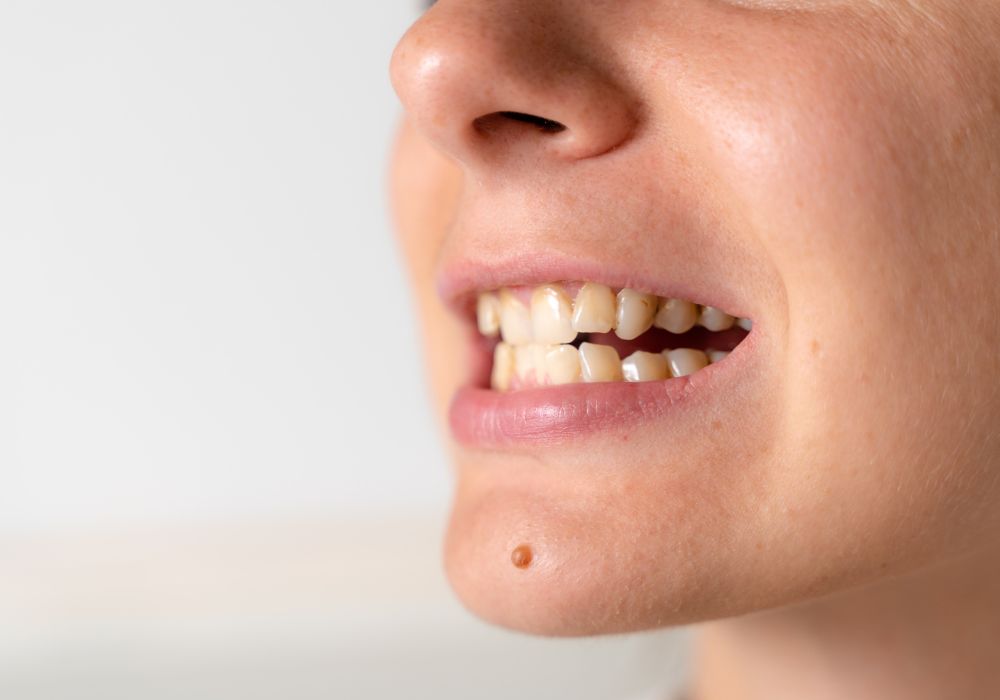
There are some clear signs and symptoms to watch for that may indicate your teeth are migrating or moving out of place on their own:
- Subtle changes in your bite alignment – how the upper and lower teeth meet
- Teeth feeling looser than normal, or increased spaces between teeth
- Discomfort, pain or sensitivity as teeth shift and put pressure on nerves
- Difficulty biting down or discomfort when eating and chewing
- Chipped or worn edges due to abnormal pressures on teeth
- Visible gaps, crowding, or crooked teeth that were not previously present
- Shifting or altered positions of dental fillings, crowns, bridges or other restorations
- Asymmetrical changes to your jawline, smile and face shape
- Speech changes like a lisp from alterations in teeth spacing
- Mouth pain concentrated in a specific area where teeth are moving
These issues are usually gradual but can also arise suddenly in some cases. Bringing up any concerns to your dentist at your next checkup allows them to evaluate potential tooth migration and diagnose the cause. Catching changes early makes shifting easier to treat.
Problems caused by teeth shifting
Although minor tooth movements throughout life are normal, significant shifting that drastically alters alignment can lead to oral health complications:
Changed bite alignment
One of the main problems associated with teeth shifting is that it disrupts proper bite alignment between upper and lower sets of teeth. The way they fit together when chewing changes, making it difficult to bite down and chew food like normal. It can also result in open bite issues where the teeth do not meet at all in certain spots when biting. The bite instability this causes puts strain not only on teeth, but also the muscles, joints, and nerves involved in chewing motions.
Tooth damage
Abnormal pressures placed on teeth as they shift and move can lead to a variety of tooth damage over time. Enamel can chip and fracture, exposing sensitive dentin underneath. Increased risk of tooth decay is also present if teeth shift and develop gaps that collect plaque. The excessive forces can further loosen teeth in place or worsen pre-existing dental conditions.
Impacted wisdom teeth
When back teeth shift or drift, it can affect the proper emergence of wisdom teeth, especially third molars. Existing teeth essentially block the newly developing wisdom teeth from fully erupting into position. These impacted wisdom teeth often need extraction since they crowd other teeth or promote further misalignment.
Bone loss
Areas where teeth exert too much abnormal force against the jawbone during shifting can damage the bony sockets. This is known as external root resorption. It causes breakdown and loss of the bone structure surrounding teeth. Implants may be needed to restore missing bone tissue.
Speech issues
Since your teeth alignment influences speech patterns, shifting teeth can lead to speech impediments from changes in spacing. Gaps between teeth cause excess air to pass through and create a whistle sound when pronouncing certain words. Misaligned teeth require the tongue to compensate when making sounds.
Difficulty chewing
The way teeth come together for chewing is disrupted when they shift. This can make biting or tearing food more challenging. Teeth may not line up properly from top to bottom for grinding food. Poor alignment also limits the amount of force that can be generated when chewing overall.
Gum disease risk
Shifted teeth with gaps or crooked positioning can trap food debris and lead to increased plaque buildup in hard-to-clean areas. Poor oral hygiene from crowding and misalignment raises the risk for tooth decay and periodontal diseases like gingivitis.
What are diastemas?
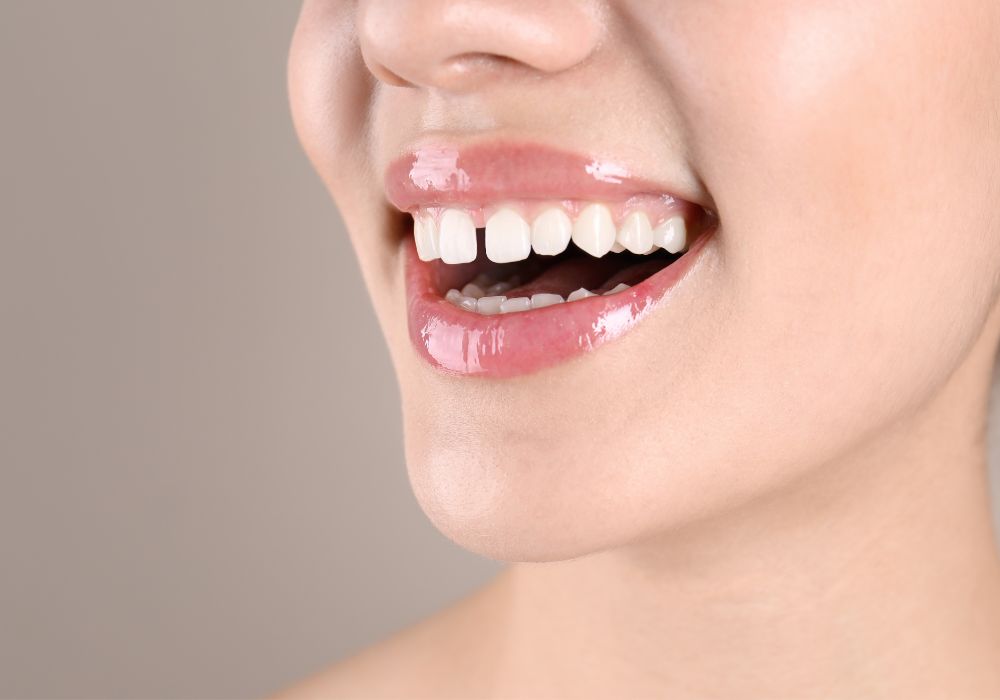
One type of tooth shifting people may experience is diastemas, which refers to extra space or a gap between two teeth. Common diastemas include:
- Midline diastema: An open gap between the two upper (maxillary) central incisors. Often affects children but can persist into adulthood if not treated.
- Trema diastema: The gap between the upper central incisor and lateral incisor teeth. Typically a normal growth space in children that closes with age.
- Primate space: The natural gap occasionally seen between the upper permanent canine and lateral incisor teeth in children. Generally closes on its own.
Though diastemas are common and normal at certain ages, an excessive space or persistent gap between two teeth can negatively impact oral health. It allows food impaction that increases tooth decay and gum disease risk. Fixing excess diastemas may involve orthodontic treatment like braces or restorations like dental bonding, veneers or implants to close the space.
Preventing teeth shifting
While some minor tooth movement is expected over a lifetime, there are preventive steps you can take to minimize excessive shifting and maintain your bite alignment:
- Ask your dentist about wearing a night guard if you grind or clench your teeth frequently to reduce strain on teeth
- Stop oral habits like tongue thrusting, thumb sucking, or chewing on pens that apply pressure to teeth
- Use retainers as prescribed after braces or orthodontic appliances
- Replace missing teeth with implants, bridges or partial dentures to prevent surrounding teeth from drifting
- Visit the dentist regularly so they can catch subtle tooth migration early before major shifting occurs
- Maintain proper oral posture and avoid mouth breathing habits that exert excess force
- Practice good oral hygiene daily to prevent dental problems that cause tooth loss and shifting
- Limit excessive biting or chewing of hard foods, objects or habits that can loosen teeth
Catching minor tooth movement early makes correction easier. But if significant shifting has already occurred, orthodontic interventions are usually needed to stabilize the teeth and regain proper alignment.
When to see a dentist
You should make an appointment promptly with your general dentist if you notice any concerning symptoms like loose teeth, bite changes, or chipped enamel. Severe jaw pain and difficulty eating or speaking also warrant an urgent dental visit to identify the cause. Make sure to mention any oral habits, as well as any recent restorations like fillings or crowns that may be contributing to shifting. Your dentist can help determine if corrective braces, veneers, or other treatments are needed to fix migrated teeth and realign your bite for optimal function. Seeking evaluation early provides more options to stabilize shifting before it gets worse.
Dentist treatment options for shifted teeth
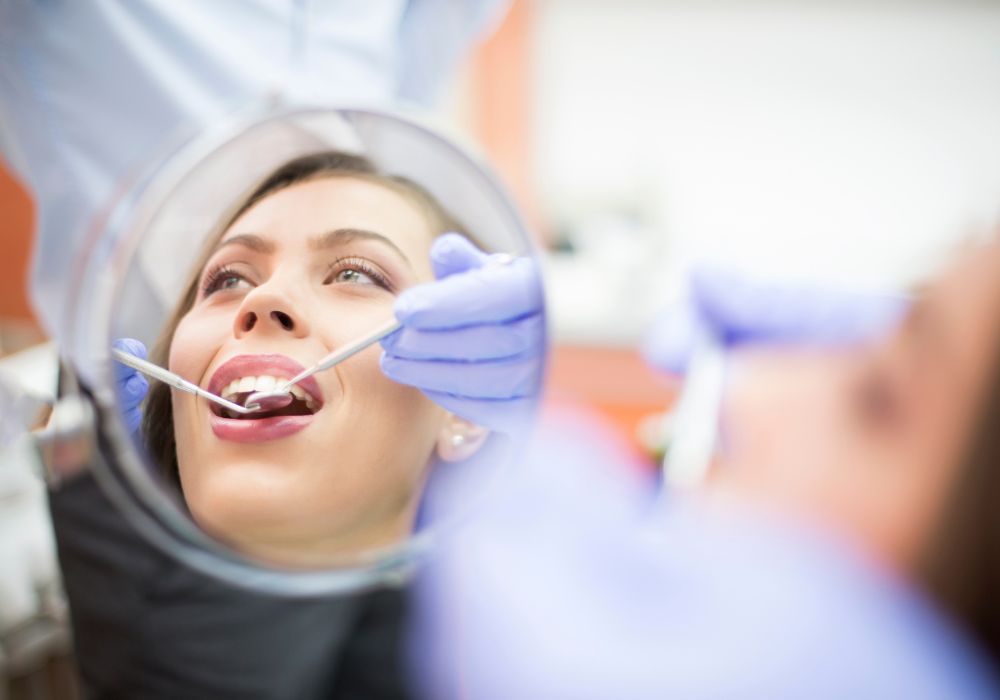
If your dentist determines you have problematic tooth shifting, there are several possible treatment routes to realign the teeth and improve bite function:
Orthodontic treatment
One of the main therapies dentists use to correct shifted teeth is orthodontics. Braces and clear aligners like Invisalign are highly effective for moving teeth back into proper position if they have migrated out of place or rotated over time. Applying controlled pressure encourages the teeth to reorient themselves within the bone. It may take several months to see full results but orthodontics can resolve even severe tooth movement in many cases.
Dental bonding
For minor shifts, dental bonding can alter small imperfections in tooth placement. The dentist applies bonding material to the tooth surface and sculpts it into the desired shape to e.g. close tiny gaps or recontour edges. Bonding is an affordable and fast solution but may not withstand the force of significant tooth migration.
Dental crowns
Getting a dental crown fitted for a loose, shifting tooth can stabilize it and protect it from further damage. The crown caps the entire tooth and holds it firmly in position, preventing additional movement. However, other teeth will continue to shift normally around the crowned tooth over time.
Night guard or splint
Your dentist may have you wear a rigid night guard or splint in your mouth to prevent grinding and clenching from worsening shifted teeth. This removable appliance keeps your teeth protected from these damaging habits at night. It helps stabilize teeth in their current position temporarily, but does not reposition them.
Jaw or gum surgery
In some advanced cases, jaw surgery may be warranted to allow severely shifted teeth to be properly realigned. This oral surgery can recontour the bone and tissues to create adequate room for crowded, rotated teeth. It is typically only done in severe misalignment cases that do not respond to orthodontics alone.
Tooth extraction
Removing one or more compromised teeth is sometimes necessary to create space for adjacent teeth to drift back into better position. However, the newly extracted area will require a dental implant or bridge to replace the missing tooth once healed. Otherwise, surrounding teeth may shift excessively into the empty space.
Frequently Asked Questions
Can teeth become crooked again after braces?
Yes, it’s very common for teeth to gradually shift out of alignment after braces, especially if retainers are not worn consistently. Minor relapse may occur but severe crookedness and crowding can redevelop over time without retention. Lifelong retainer use is often recommended post-braces.
Why do teeth shift more easily as we age?
Aging causes bone density loss in the jaw, receding gums, and stretched periodontal ligaments – all of which reduce support and allow teeth to shift more freely. Missing teeth and ill-fitting dentures also contribute to loosening and movement with age.
Can dental work like fillings cause teeth to shift?
Dental fillings are supposed to match the original tooth shape. If the filling size/shape is not ideal, it can create subtle pressure that shifts teeth. Similarly, gaps left after extractions can prompt adjacent teeth to drift. Discuss any concerns about shifted teeth after dental work with your dentist.
What’s the fastest way to fix a shifted tooth?
Orthodontic treatment with braces or Invisalign is the fastest way to effectively reposition a shifted tooth back into alignment. Within weeks or months of controlled force from braces, the tooth can be guided back into proper place. Dental bonding or crowns are quicker but only mask the tooth shift.
Is teeth shifting always preventable?
While you can take steps to minimize excessive shifting and prolong good alignment, some minor tooth movement is inevitable during a lifetime due to natural causes like aging. However, addressing harmful habits, using retainers as directed, and getting routine dental care makes significant shifting less likely.
Conclusion
Although teeth shifting on their own is normal to an extent, recogn recognising the signs of excessive tooth movement and seeking dental evaluation promptly is important to maintain proper oral alignment and bite function. Left untreated, severely shifted teeth can lead to dental damage, speaking difficulties, TMJ issues, and other problems. Preventive care like night guards and orthodontic retention, combined with good oral hygiene practices, helps limit shifting. In cases where teeth have already migrated substantially, realignment treatments like braces or surgery may be required. With diligent dental habits and regular dental visits, tooth shifting can often be properly managed.

